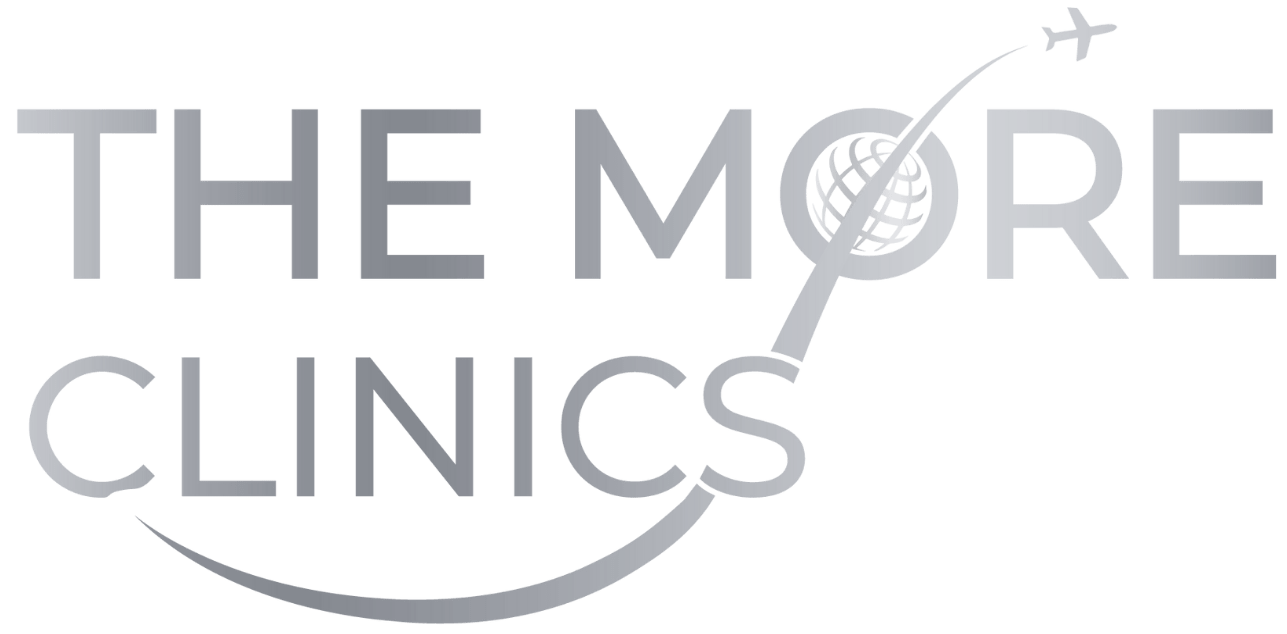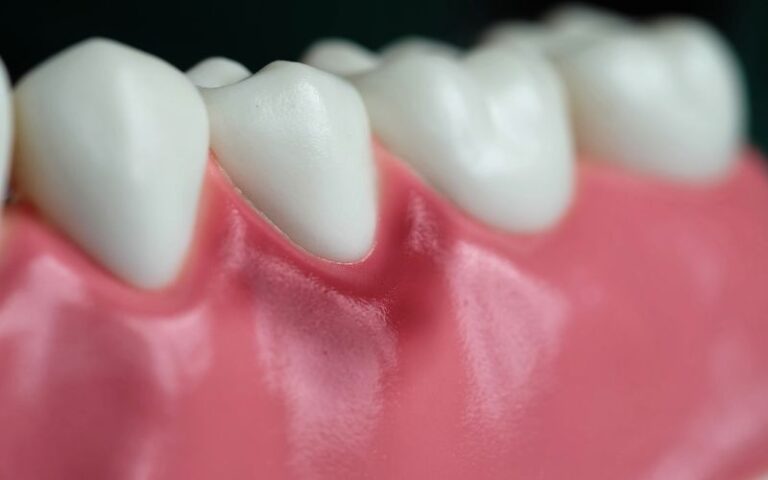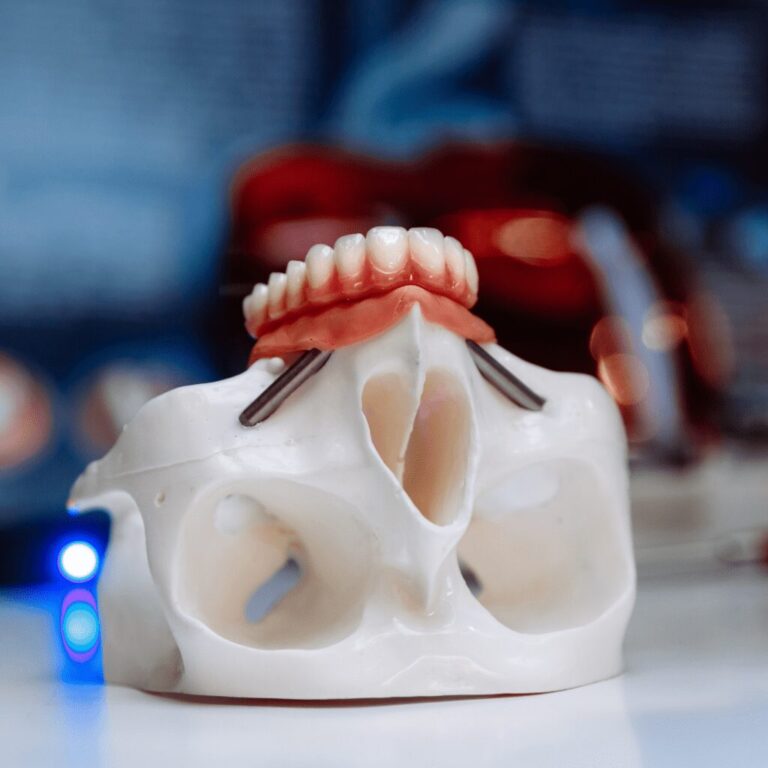The Zygomatic Bone: An Overview
What is Zygomatic Bone?
The zygomatic bone, also known as the cheekbone or malar bone, is a crucial component of the human skeletal system. It is a flat bone that constitutes the lateral and anterior parts of the skull’s cheek region. Zygoma, while seemingly small and insignificant, is indeed a critical component of our facial anatomy with vital roles in facial protection, expression, and function.
Located in the upper part of your cheek, adjacent to the eye socket, this bone plays a fundamental role in forming the facial structure.
Due to its size and function in joining many facial bones together, underdeveloped zygomatic bones cause significant issues related to the construction of the face.

Functions
The zygomatic bone holds numerous functions in our body, which include but are not limited to:
- Structural Support: It provides structural integrity to the facial skeleton, particularly the area surrounding the eyes and cheeks. This role ensures the proper aesthetic alignment of the face.
- Protection: It serves as a protective barrier for the eye socket, blocking physical impact that could damage the eye.
- Attachment Point: The zygomatic bone acts as an anchoring point for several muscles that control facial expressions and chewing.
- Maxillary Sinus Drainage: In combination with the maxillary bone, it aids in the drainage of the maxillary sinus, which is essential for preventing sinus infections.
- Formation of Orbit: Along with other facial bones, the zygomatic bone plays a role in the formation of the bony orbit, which houses and protects the eyeball and its associated structures.
Understanding the Anatomy in Layman’s Terms
Let’s break this down into simpler terms so it’s easier to understand. Think of your cheekbone, also known as the zygomatic bone, as the sturdy foundation of a house. This is the bone that shapes your face and keeps everything in place. It’s sort of like the frame of a car, providing structure and shape.
It’s located right under your eye, forming the prominence of your cheeks. Not only does it give your face its unique shape, but it also protects your eyes just like a helmet protects your head.
In addition, it serves as the anchor point for several muscles. Just like how ropes are tied to a post, these muscles attach to your zygomatic bone, allowing you to smile, frown, or chew your food.
Lastly, it helps in draining the maxillary sinus (a hollow space within your cheek bone). This function is essential as it helps to keep us from getting sinus infections. Moreover, in collaboration with other facial bones, the zygomatic bone plays a part in creating the socket which houses and protects our eyeball.
In summary, the zygomatic bone, though small, plays a big part in our daily life – from allowing us to express emotions, to protecting our eyes and enabling us to enjoy our meals. It truly is a small but mighty component of our facial anatomy!
Related Conditions of Zygomatic Bone
Just as with any component of our body, the zygomatic bone can be affected by various conditions. Starting from the most common:
Zygomatic Fractures: Given its strategic location and protective role, the zygomatic bone is prone to fractures, especially due to blunt trauma. Such fractures can lead to facial disfiguration, eye movement limitations, and even vision loss if not promptly and appropriately treated.

Zygomaticomaxillary Complex Fractures: These fractures involve the disruption of the zygomatic bone and its supporting structures. They can result in a depressed cheekbone and a change in the facial contour.
Zygomatic Hypoplasia: This is a condition where the cheekbone is underdeveloped, leading to facial asymmetry. It’s usually congenital (present at birth) and can be part of a syndrome, such as Treacher Collins Syndrome or Goldenhar Syndrome.
Treatment of these conditions often involves surgery to fix the bone in place, reform the facial structure, or in some cases, the use of prosthetics to restore normal appearance and functionality. Regular follow-ups are needed to monitor healing and any potential complications.
Frequently Asked Questions
Is a zygomatic fracture serious?
Yes, a zygomatic fracture is considered serious. Given its close proximity to the eye and its role in facial structure, fractures can lead to complications such as vision problems, facial disfiguration, and issues with chewing or speaking. Immediate medical attention is necessary to avoid long-term complications.
Can you feel your zygoma bone?
Yes, you can. The zygomatic bone is also known as the cheekbone. If you touch the area just below your eye, that’s where the zygomatic bone is located. It forms the prominence of your cheek.
What is Zygomatic Implant (or Cheekbone Implants)?
Zygomatic implants, also known as cheekbone implants, are a type of dental implant used for people with insufficient bone in the upper jaw for standard implants. They are longer than regular implants and are anchored in the dense zygomatic bone, hence the name. These implants can provide a strong foundation for prosthetic teeth, improving both function and aesthetics. They are often used as a solution for individuals who have experienced significant bone loss due to conditions like periodontal disease or cancer, or following trauma. As with any surgical procedure, there are risks involved, and the decision to proceed with zygomatic implants should be made in consultation with a dental professional.
What causes zygomatic hypoplasia?
Zygomatic hypoplasia is usually a congenital condition, meaning it’s present at birth. It can be caused by a variety of genetic disorders, including Treacher Collins Syndrome and Goldenhar Syndrome. In these cases, the zygomatic bone does not develop as it should, leading to a smaller cheekbone and facial asymmetry.
How is zygomatic bone fracture treated?
Treatment for a zygomatic fracture generally involves surgery. The goal is to restore the natural shape of the face and prevent complications. In some cases, plates or screws may be used to hold the bone in place as it heals. The procedure and recovery process can vary depending on the severity of the fracture.
What do you mean by zygomaticomaxillary complex fractures?
A zygomaticomaxillary complex fracture refers to a break in the cheekbone and the bones that support it, including the maxillary bone. This type of fracture can result in a noticeable depression in the cheekbone and a change in facial contour. Surgery is often required to restore the normal appearance and function of the affected area.






